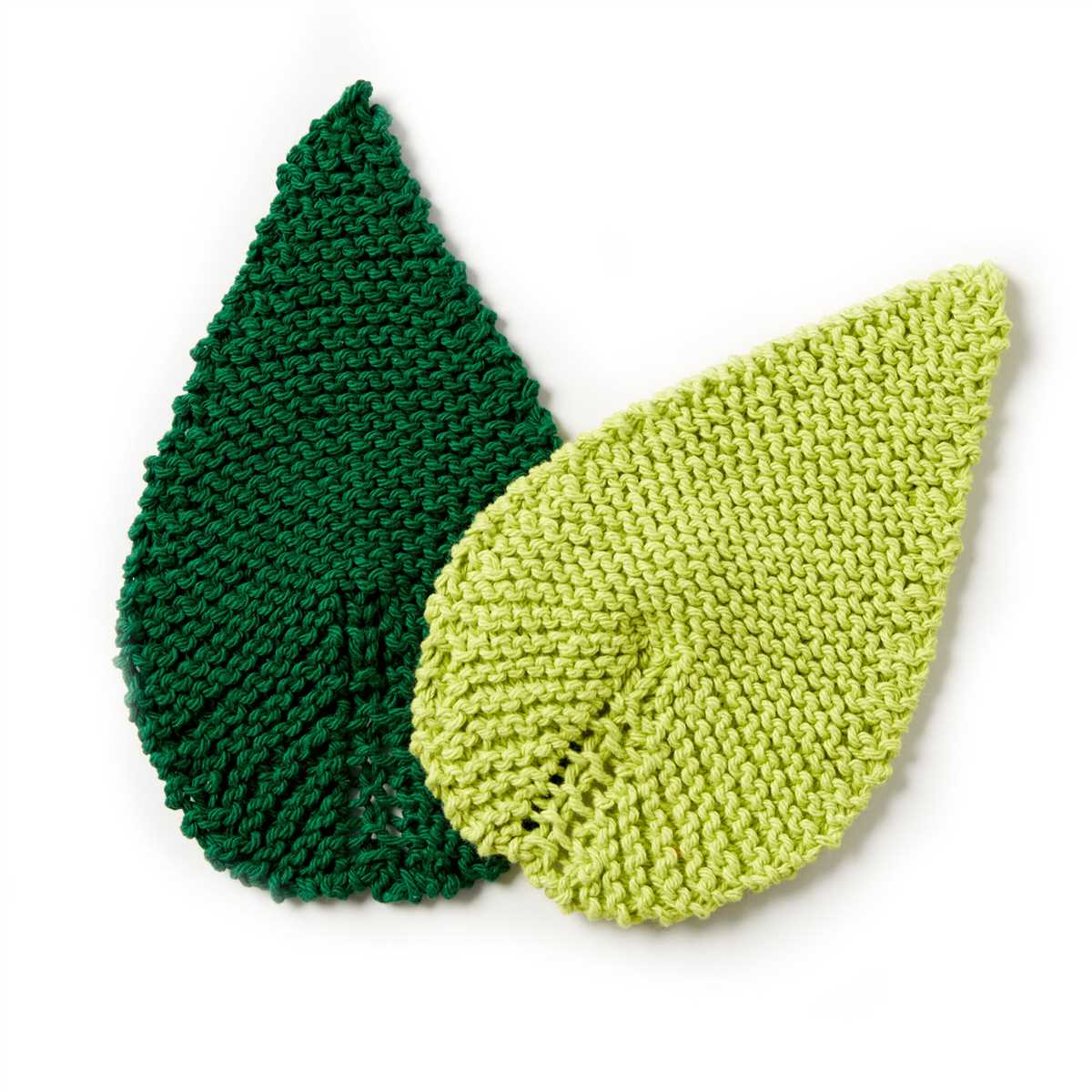
If you are a fan of knitting and enjoy making small projects, coaster knitting patterns are a great way to combine your love for knitting with functionality. Not only are coasters useful for protecting surfaces from hot or cold drinks, but they also add a touch of style and personalization to your home. The best part is that you can find a wide variety of free coaster knitting patterns online, allowing you to create unique and beautiful coasters without breaking the bank.
When it comes to choosing a knitting pattern for coasters, the options are endless. You can go for simple and classic designs like basic garter stitch or stockinette stitch coasters, or you can opt for more intricate and eye-catching designs like cable-knit or lacework coasters. The choice depends on your skill level and personal preference.
One of the advantages of coaster knitting projects is that they are quick to make and require only a small amount of yarn. This makes them perfect for using up leftover yarn from other projects or experimenting with different colors and textures. Plus, coasters make great gifts for family and friends, so you can knit a set of matching coasters to give away as a thoughtful and handmade present for any occasion.
Why Coaster Knitting Patterns are Perfect for Beginners
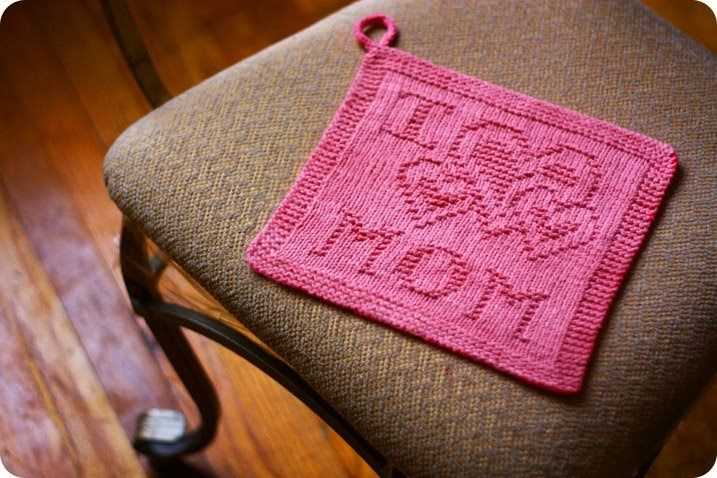
Knitting is a craft that has been enjoyed by people around the world for centuries. It is a relaxing and creative activity that allows you to create beautiful and functional items with just a pair of needles and some yarn. If you are new to knitting, coaster patterns are a perfect way to start your journey into this wonderful craft.
Coasters are small, simple projects that are quick to knit up. They require only basic knitting stitches and techniques, making them ideal for beginners who are still learning the basics. Knitting coasters allows you to practice your tension and gauge, as well as different stitch patterns, without committing to a large, complex project.
- Quick and satisfying: Coasters are small projects that can be completed in just a few hours or even less. This means you can see the results of your knitting efforts quickly, which can be incredibly satisfying and motivating for beginners.
- Minimal supplies: Knitting coasters requires minimal supplies, making it an affordable option for beginners. All you need is a pair of needles, some yarn, and a tapestry needle for weaving in ends. You can even use leftover yarn from other projects!
- Versatile patterns: Coaster knitting patterns come in a variety of styles and designs, from simple garter stitch squares to more intricate lace patterns. This allows beginners to choose patterns that match their skill level and preferences, and to gradually challenge themselves as they gain confidence.
- Functional and practical: Coasters are not only fun to knit, but they also serve a practical purpose. Once you have finished your coasters, you can use them to protect your furniture from drink rings and spills. They also make great gifts for friends and family.
Overall, coaster knitting patterns are a perfect choice for beginners who want to learn and practice their knitting skills. They are easy, quick, and rewarding projects that can help you build confidence and prepare you for more complex knitting projects in the future. So grab your needles and yarn, and get started on your knitting journey with some beautiful coaster patterns!
Benefits of Using Coasters in Your Home
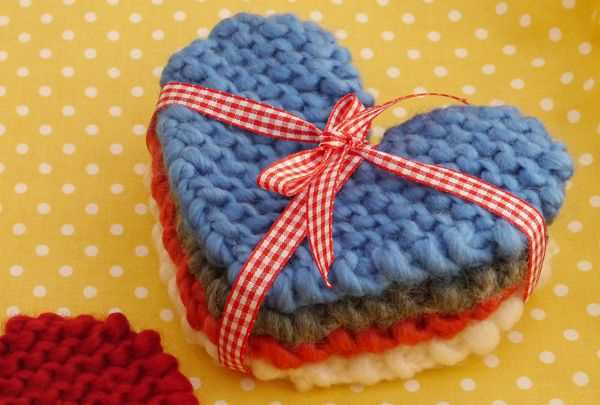
Coasters are small, often decorative mats that are designed to be placed under drinkware such as glasses, mugs, and cups. While they may seem like a simple and minor addition to your home decor, using coasters can actually provide several benefits.
1. Protect Your Furniture
One of the main advantages of using coasters is that they help protect your furniture from moisture and potential damage. When you place a hot or cold drink directly on a wooden or delicate surface, condensation can form and create unsightly water rings or even cause the material to warp over time. By using coasters, you create a barrier between the drink and the furniture, preventing any potential damage.
2. Prevent Stains and Spills
Coasters also help prevent stains and spills from ruining your furniture. Whether it’s a wine glass that tips over or a coffee cup that leaves behind a ring of liquid, accidents happen. By placing a coaster under your drink, you can catch any spills or drips, ensuring that they don’t seep into the furniture fabric or leave permanent stains.
3. Easy to Clean and Maintain
Unlike furniture, coasters are usually easy to clean and maintain. Most coasters are made from materials that can be wiped clean or even put in the dishwasher, making it simple to keep them looking fresh and presentable. Regularly cleaning your coasters ensures that they remain hygienic and free from any buildup of dirt or grime.
4. Aesthetic Appeal
Furthermore, coasters can also add a touch of aesthetic appeal to your home. With countless designs and patterns to choose from, you can find coasters that complement your interior decor and add a pop of color to your living space. Whether you prefer a minimalist style or a bold, vibrant look, there are coasters available to suit every taste and preference.
5. Versatility and Convenience
Finally, coasters are versatile and convenient. They can be used in any room of your home, from the living room to the bedroom or even the office. Coasters are lightweight and portable, making it easy to move them around as needed. They are also a great item to have on hand when hosting guests, allowing you to provide a practical and stylish solution for protecting your furniture.
In conclusion, using coasters in your home offers numerous benefits. From protecting your furniture from damage to adding a touch of style to your decor, coasters are a simple yet effective addition to any household. Consider investing in a set of coasters to enjoy these advantages and enhance your living space.
Top 5 Free Coaster Knitting Patterns for Beginners
If you’re new to knitting and looking for a fun and practical project to start with, making coasters is a great option. Coasters are small and quick to knit, making them perfect for beginners who want to practice their skills. Plus, they are also useful in protecting your furniture from hot and cold drinks. Here are the top 5 free coaster knitting patterns for beginners:
1. Simple Garter Stitch Coaster
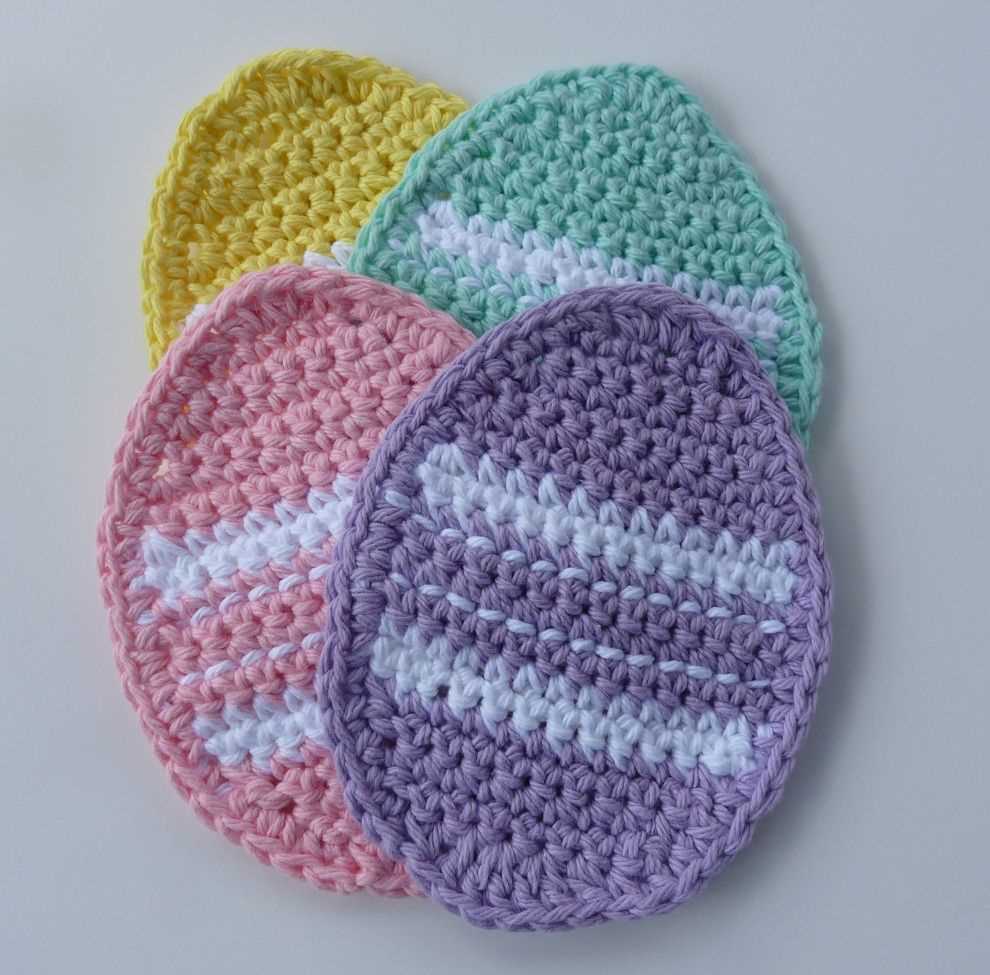
This coaster pattern is great for beginners because it only requires knowledge of the basic garter stitch. You can choose any color of yarn to personalize your coasters and create a set that matches your home decor.
2. Basketweave Coaster
The basketweave stitch pattern adds texture to your coasters and makes them look more intricate than they actually are. This pattern is perfect for beginners who want to try their hand at a slightly more complex stitch.
3. Easy Leaf Coaster
If you’re looking to add a touch of nature to your home, the easy leaf coaster pattern is perfect for you. The leaf design is created by simple increases and decreases, making it a great project for beginners.
4. Striped Coasters
If you want to experiment with different colors and patterns, striped coasters are a great option. This pattern allows you to get creative with your yarn choices and create unique coasters that will add a pop of color to your living space.
5. Cable Coaster
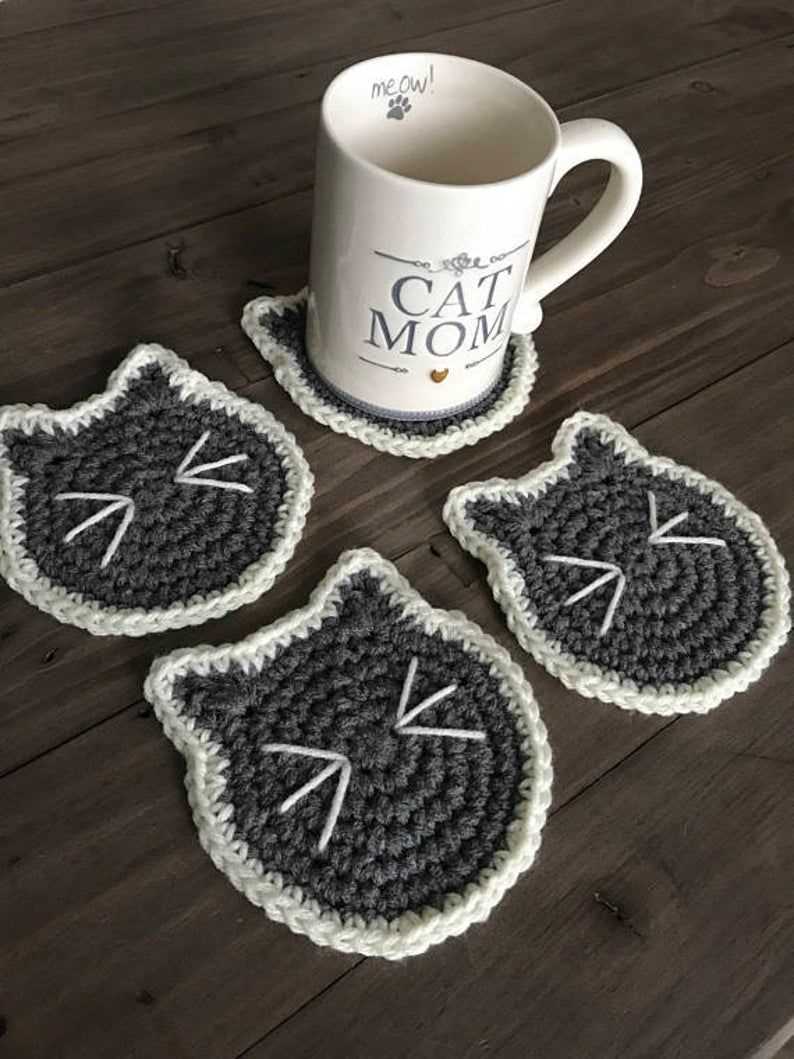
If you’re ready to take on a more challenging project, the cable coaster pattern is perfect for you. Cables may seem intimidating, but this pattern breaks it down into simple steps, making it achievable for beginners.
With these top 5 free coaster knitting patterns for beginners, you’ll be able to create a set of beautiful and functional coasters in no time. Whether you’re looking for a simple garter stitch design or a more intricate cable pattern, there’s something for everyone to enjoy!
Choosing the Right Yarn for Your Coasters
When it comes to knitting coasters, choosing the right yarn is important to ensure that your coasters not only look great but also perform their intended function. Here are some factors to consider when selecting yarn for your coaster project.
1. Durability: Coasters are meant to protect surfaces from moisture and heat, so it’s important to choose a yarn that is durable and can withstand regular use. Look for yarns that are made from natural fibers or blends that include synthetic materials known for their strength and resilience, such as cotton or acrylic.
2. Absorbency: Coasters should be able to absorb moisture from glasses and mugs, so consider yarns that have good absorbency properties. Cotton yarn, for example, is known for its high absorbency and is often a popular choice for coasters. Wool can also be a good option, as it has natural wicking properties.
3. Ease of Cleaning: Coasters can get dirty over time, so it’s important to choose a yarn that is easy to clean. Avoid yarns that require special care instructions or are prone to shrinking or fading. Opt for yarns that can be machine washed and dried, or can easily be spot cleaned if necessary.
- 4. Thickness: Consider the thickness of the yarn when choosing for coasters. Thicker yarns will create bulkier coasters, which may be more absorbent and durable but can also take longer to dry. Thinner yarns will create more delicate coasters, which may be better suited for decorative purposes.
- 5. Color and Design: Finally, consider the color and design of the yarn for your coasters. Choose colors that complement your home decor or match the theme of the room where the coasters will be used. Look for yarns with interesting textures or patterns if you want to add visual interest to your coasters.
By considering these factors, you can choose the right yarn for your coaster project that not only looks beautiful but also functions effectively in protecting your surfaces.
Essential Tools and Techniques for Knitting Coasters
When it comes to knitting coasters, having the right tools and techniques can make all the difference in creating beautiful and functional items. Whether you’re a beginner or an experienced knitter, it’s important to have a few key items on hand to ensure success.
1. Knitting Needles
One of the first tools you’ll need for knitting coasters is a set of knitting needles. Depending on the pattern you choose, you may need different sizes. It’s a good idea to have a few different sizes on hand to accommodate various yarn weights and stitch patterns.
2. Yarn
The type of yarn you choose for your coasters will depend on your personal preference and the desired outcome. Some knitters prefer cotton yarn for its absorbency, while others may choose a synthetic blend for its durability. It’s important to select a yarn that is easy to care for and will hold up well to frequent use.
3. Stitch Markers
Using stitch markers can be helpful when following a pattern or keeping track of stitch counts. They can be placed on the needle between stitches to mark specific sections or pattern repeats. This can make it easier to catch any mistakes and ensure that your coaster turns out just right.
4. Tapestry Needle
A tapestry needle is an essential tool for weaving in loose ends and sewing seams together. After completing your coaster, you’ll need to securely fasten any loose yarn tails to prevent unraveling. A tapestry needle with a large eye and blunt tip is ideal for this task.
5. Blocking Tools
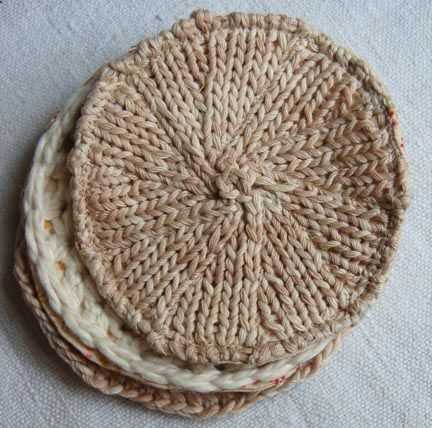
Blocking is a technique used to shape and even out the stitches in your knitted work. For coasters, it can help to make them lie flat and prevent curling. Blocking tools, such as blocking mats and T-pins, can be used to gently stretch and shape the coaster while damp, resulting in a more polished finished product.
By having these essential tools and utilizing these techniques, you’ll be well-equipped to create beautifully knitted coasters that are both practical and visually appealing. So gather your supplies and get ready to embark on your coaster knitting journey!
Tips for Adjusting Coaster Patterns to Fit Your Needs
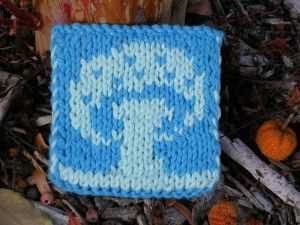
When working with coaster patterns, it’s important to remember that they can easily be adjusted to fit your needs. Whether you want to change the size, modify the stitch pattern, or use different yarn, here are some tips to help you customize your coaster project.
1. Adjusting the Size
If the coaster pattern you’re working with is too small or too big for your liking, it’s easy to adjust the size. To make the coaster larger, simply use a thicker yarn and larger knitting needles. On the other hand, if you want a smaller coaster, go for a thinner yarn and smaller needles. Keep in mind that changing the yarn weight may also affect the stitch pattern, so make sure to swatch and check your gauge.
2. Modifying the Stitch Pattern
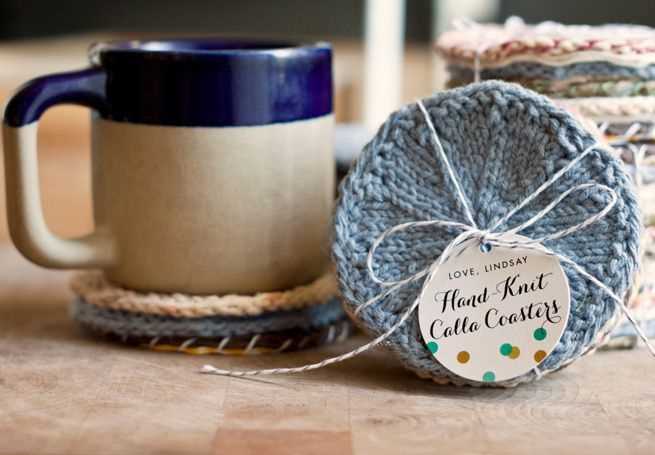
If you want to add a personal touch to your coaster, you can modify the stitch pattern. You can experiment with different stitch combinations, such as cables, lace, or colorwork, to create unique designs. Just make sure to adjust your stitch count accordingly and keep track of any pattern repeats. You can find countless stitch patterns online or in knitting stitch dictionaries for inspiration.
3. Using Different Yarn
If you have a specific yarn in mind that you want to use for your coaster, but the pattern calls for a different yarn, don’t be afraid to make the switch. Just keep in mind that changing the yarn may affect the final size and appearance of the coaster. Make sure to swatch and check your gauge to ensure the coaster will turn out the way you want it to. Also, take into consideration any care instructions for the yarn you choose, as it may require different washing or blocking methods compared to the yarn suggested in the pattern.
By keeping these tips in mind, you can easily adjust coaster patterns to fit your needs and create one-of-a-kind coasters. Whether you want to change the size, modify the stitch pattern, or use different yarn, don’t be afraid to get creative and make the coaster your own.
How to Personalize Your Coasters with Embellishments
Adding embellishments to your knitted coasters is a fun and creative way to personalize them and make them unique. Whether you’re knitting coasters as a gift or for your own home, adding some extra flair can really make them stand out.
Here are some ideas to inspire you:
- Buttons: Sewing buttons onto your coasters can add a touch of charm and whimsy. You can use buttons in various shapes, sizes, and colors to create a design or simply scatter them randomly for a playful look.
- Embroidery: Adding embroidery stitches to your coasters can create intricate patterns and designs. You can use different colored threads to create beautiful motifs or monograms that reflect your personal style.
- Beads: Incorporating beads into your coaster design can add a touch of elegance and sparkle. You can sew individual beads onto your coaster or create bead patterns using different sizes and colors for a more intricate look.
- Ribbons: Attaching ribbons to your coasters can instantly add a pop of color and texture. You can tie small bows or create decorative loops that complement the yarn color and pattern of your coaster.
- Felt appliques: Cutting out felt shapes, such as flowers or animals, and attaching them to your coasters can create a cute and playful look. You can use vibrant colored felts to make your design really pop.
Remember, the key to personalizing your coasters with embellishments is to let your creativity shine and have fun with it. Experiment with different materials, colors, and techniques to create coasters that truly reflect your style and personality.
Using Coasters as a Sustainable Alternative to Disposable Options
In today’s society, there is an increasing awareness of the importance of sustainability and reducing waste. One simple yet effective way to contribute to a more sustainable lifestyle is by using coasters instead of disposable options. Coasters are small, portable, and reusable items that can provide a multitude of benefits in terms of both environmental impact and practicality.
Environmental Impact: Disposable items, such as paper or plastic coasters, contribute to landfill waste and require resources for production and transportation. By using reusable coasters, we can significantly reduce the amount of waste generated. Coasters made from sustainable materials, such as bamboo or recycled fabrics, further minimize the environmental impact by utilizing renewable resources and reducing the need for new materials.
Practicality: Coasters are not only an eco-friendly choice but also a practical one. They provide a protective barrier between hot or cold drinks and the surface they are placed on, preventing damage and unsightly marks. Additionally, coasters can add a touch of style and personalization to any home or office space. With a wide variety of designs and materials available, there is a coaster to suit every individual’s taste and decor.
By incorporating reusable coasters into our daily lives, we can make a positive impact on the environment and reduce our carbon footprint. Whether at home, in the office, or out at a coffee shop, using coasters is a simple yet significant step towards a more sustainable future.
How to Care for and Clean Your Knitted Coasters
Knitted coasters are not only practical but also add a touch of handmade charm to your home decor. To ensure that your knitted coasters last for a long time and remain in good condition, it is important to care for and clean them properly. Here are some tips to help you take care of your knitted coasters:
Handwashing:
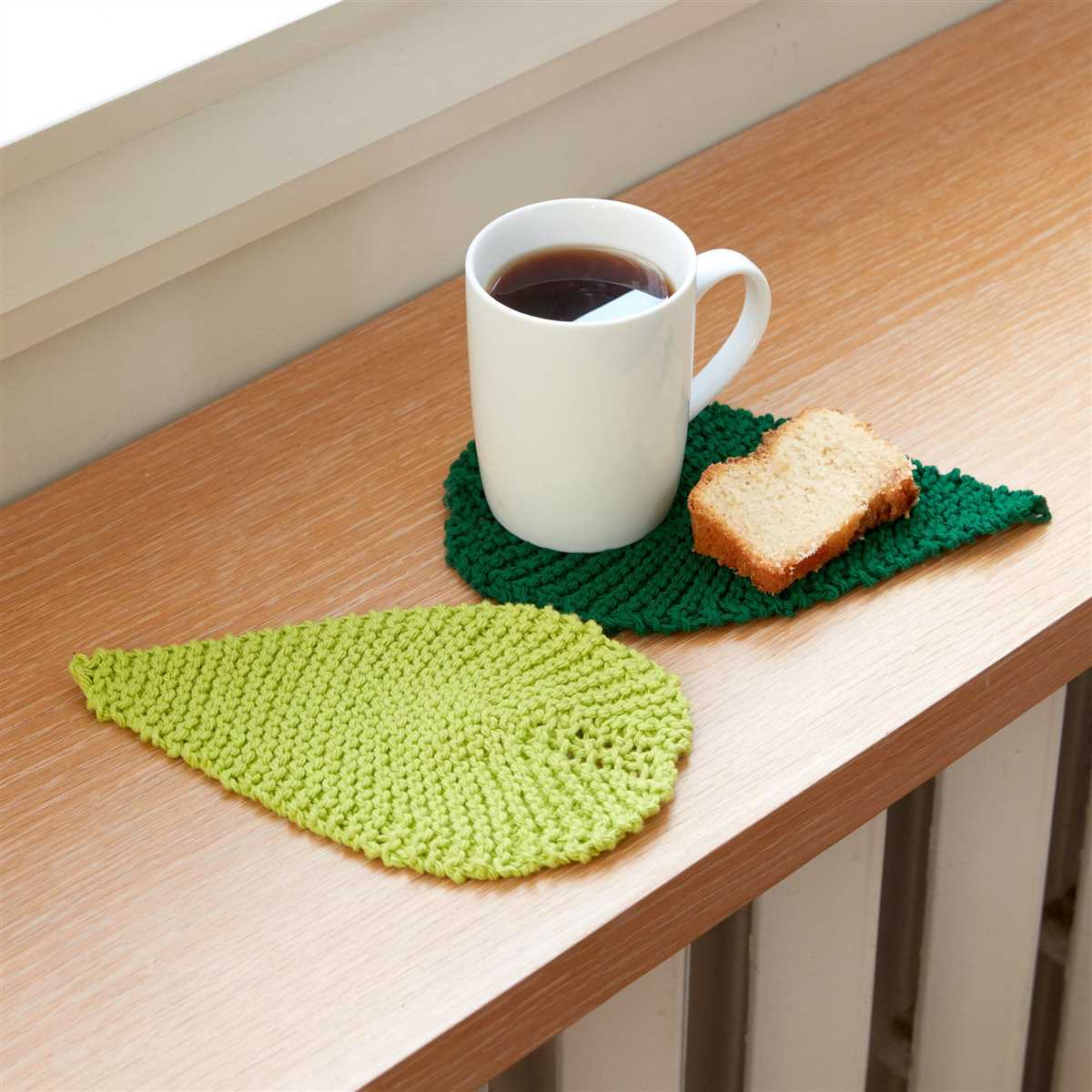
The best way to clean knitted coasters is by handwashing them. Fill a basin or sink with lukewarm water and add a small amount of gentle detergent. Avoid using harsh chemicals or bleach as they can damage the fibers. Gently agitate the coasters in the soapy water and let them soak for a few minutes to loosen any dirt or stains. Rinse thoroughly with clean water and gently squeeze out the excess moisture. Avoid wringing or twisting the coasters as this can cause them to lose their shape.
Drying:
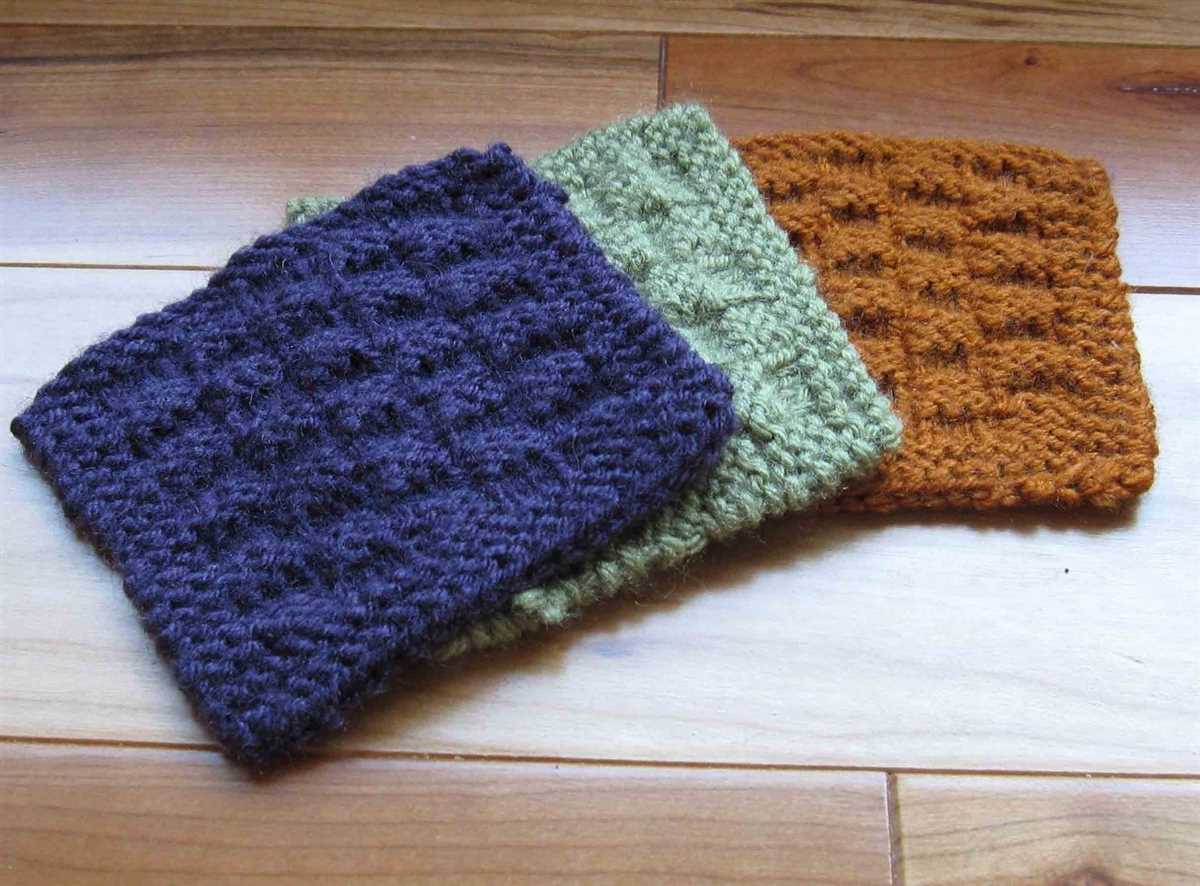
After handwashing, carefully reshape the coasters to their original size and lay them flat on a clean, dry towel. Roll up the towel, with the coasters inside, and gently press to absorb the excess water. Unroll the towel and transfer the coasters to a flat surface to air dry completely. Avoid hanging them to dry as this can stretch the fibers and distort their shape.
Stain Removal:
If your knitted coasters have stubborn stains, you can try spot-cleaning them with a mild stain remover. Test the stain remover on a small, inconspicuous area first to make sure it doesn’t cause any color fading or damage. Apply a small amount of the stain remover to the stained area and gently blot with a clean cloth. Avoid rubbing or scrubbing, as this can further set the stain. Rinse the area thoroughly with clean water and let it air dry.
Storage:
When not in use, store your knitted coasters in a clean, dry place away from direct sunlight. Avoid folding or creasing them, as this can create permanent lines and affect their shape. If possible, store them flat or roll them up gently to prevent any damage.
By following these care instructions, you can keep your knitted coasters looking beautiful and extend their lifespan. With proper care, your knitted coasters will continue to protect your furniture and add warmth to your home for years to come.
Exploring Advanced Coaster Knitting Patterns for Experienced Knitters
If you are an experienced knitter looking for a new challenge, advanced coaster knitting patterns are the perfect project to test your skills and creativity. These patterns go beyond the basic knit and purl stitches, incorporating intricate designs and techniques that will keep you engaged from start to finish.
One popular advanced coaster knitting pattern is the cable knit coaster. This pattern involves working with cable needles to create beautiful twisting and braiding designs. The result is a coaster with a luxurious and textured look that will impress your friends and family. Take your cable knitting skills to the next level with this challenging pattern.
Another advanced coaster knitting pattern to explore is the lace coaster. Lace patterns are known for their delicate and intricate designs, and knitting them requires careful attention to detail. With lace coasters, you can experiment with different stitch combinations and create stunning pieces that will add a touch of elegance to any table setting.
If you’re up for a challenge, try knitting colorwork coasters. Colorwork involves working with multiple colors to create stunning patterns. Fair Isle and intarsia are two popular colorwork techniques that can be used to create intricate and eye-catching designs. These coasters are not only functional but also a work of art that will impress anyone who sees them.
As an experienced knitter, exploring advanced coaster knitting patterns allows you to push your skills to new heights and create unique and beautiful pieces. Whether you choose to work with cables, lace, or colorwork, these patterns will challenge you and keep you excited about knitting. So grab your needles, choose a pattern that speaks to you, and enjoy the journey of creating something truly special.
Where to Find More Free Coaster Knitting Patterns
If you are looking for more free coaster knitting patterns, there are many resources available online. Here are some places you can check out:
- All Free Crochet: This website offers a wide variety of free coaster knitting patterns. They have patterns for beginners as well as more advanced knitters.
- Ravelry: Ravelry is a popular online community for knitters and crocheters. They have a large database of patterns, including many free coaster knitting patterns. You can search by category and filter the results to find exactly what you’re looking for.
- LoveKnitting: LoveKnitting has a section specifically dedicated to coaster knitting patterns. They have a range of patterns, from simple and classic designs to more intricate and decorative ones.
- Yarnspirations: Yarnspirations is a popular website for knitting and crochet patterns. They have a collection of free coaster knitting patterns that you can download and use.
No matter your skill level or design preference, there are plenty of free coaster knitting patterns available online. Take some time to explore these resources and find the perfect pattern for your next knitting project!